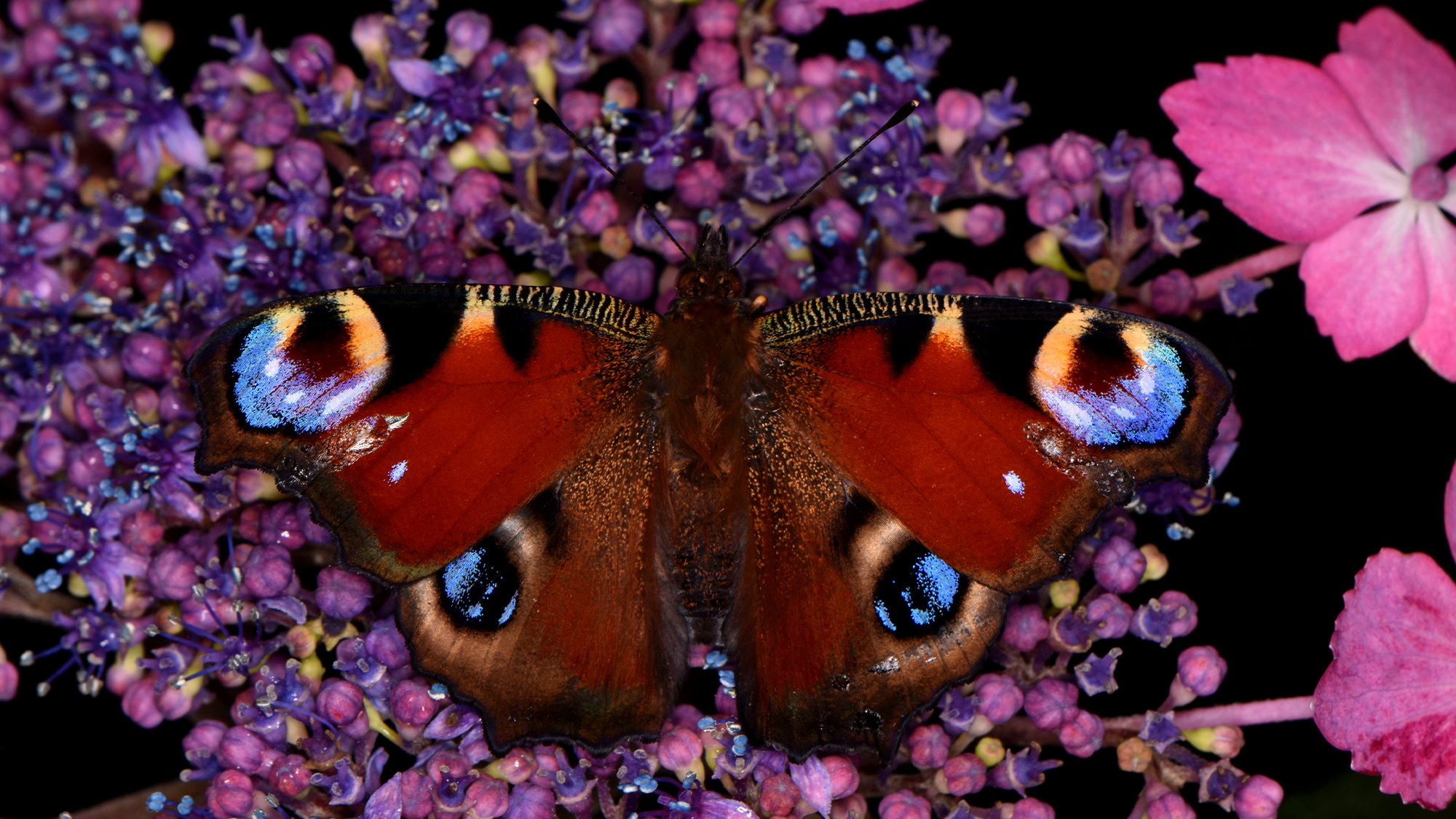Understanding How Lepidoptera Utilize Electric Charge for Pollination

Electric Marvels: Lepidoptera and Pollen Collection
Butterflies and moths are not just beautiful creatures; they have developed remarkable abilities that set them apart in the insect world. These insects are capable of generating a hair-raising amount of charge through static electricity, which aids them in their quest for pollen.
The Mechanism of Pollination
As lepidoptera approach flowers, they generate electric fields that attract pollen grains, making the process of pollination more efficient. Here’s how it works:
- Electricity generated by the insects helps to lift pollen off flower surfaces.
- Pollen grains adhere to the insects due to static electricity.
- This efficient collection technique enhances their foraging strategy.
Significance in Nature
The relationship between lepidoptera and flowering plants is essential for ecosystem health. By improving our understanding of how these insects harness static electricity for their benefit, we gain insights into the broader implications for pollination and food production.
Conclusion
In summary, the ability of butterflies and moths to use electric charge in collecting pollen not only fascinates scientists but also has critical implications for biodiversity and agricultural practices.
This article was prepared using information from open sources in accordance with the principles of Ethical Policy. The editorial team is not responsible for absolute accuracy, as it relies on data from the sources referenced.